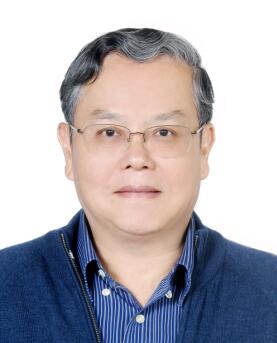Abstract—Lovastatin is an important fungal secondary metabolite inhibiting the enzyme which catalyzes a rate-limiting step in the biosynthesis of cholesterol. As microfungi of the genus Penicillium are active producers of cholesterol lowering agents (statins), studies of this genus have gained considerable momentum. In Malaysia, both agricultural soils and those of natural ecosystems are valuable sources of filamentous fungi, whose biotechnological potential in terms of lovastatin production has not been well investigated. The aim of the present study is to determine lovastatin-producing potential of Penicillium spp. microfungi isolated from soil in Pahang State (Malaysia). Fungal cultures were isolated, purified, and classified based on characters of colony morphology and microscopic features. All identified representatives of Penicillium were tested for their ability to produce lovastatin. Isolates were cultivated in submerged fermentation. High-performance liquid chromatography (HPLC) was used for detection of lovastatin. Among 54 fungal cultures examined, four Penicillium strains were confirmed to produce this statin. The isolate Penicillium sp. ESF2M was the strongest lovastatin producer, with a yield of 20 mg/l. This strain should now be subjected to a further strain improvement program to maximize the yield of this important statin.
Index Terms—Fermentation, lovastatin, Penicillium spp.
Emine Seydametova, Jailani Salihon, and Norazwina Zainol are with Faculty of Chemical and Natural Resources Engineering, Universiti Malaysia Pahang (UMP), Kuantan, 26300 Malaysia, on leave from the Institute of Microbiology under Academy of Sciences of Uzbekistan,Tashkent, Uzbekistan (e-mail: e_seydametova@ yahoo.com,jailani@ump.edu.my, azwina@ump.edu.my).
Peter Convey is with British Antarctic Survey, Cambridge CB3 0ET,U.K.
[PDF]
Cite: Emine Seydametova, Jailani Salihon, Norazwina Zainol, and Peter Convey, "Production of Lovastatin by Penicillium spp. Soil Microfungi," International Journal of Chemical Engineering and Applications vol. 3, no. 5, pp. 337-339, 2012.


